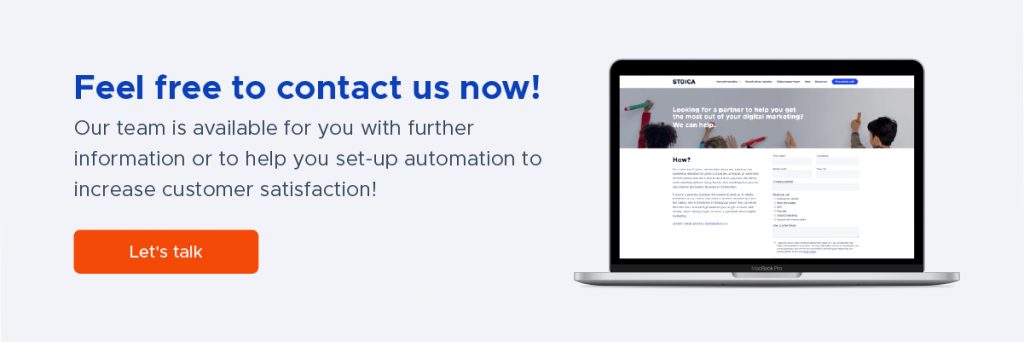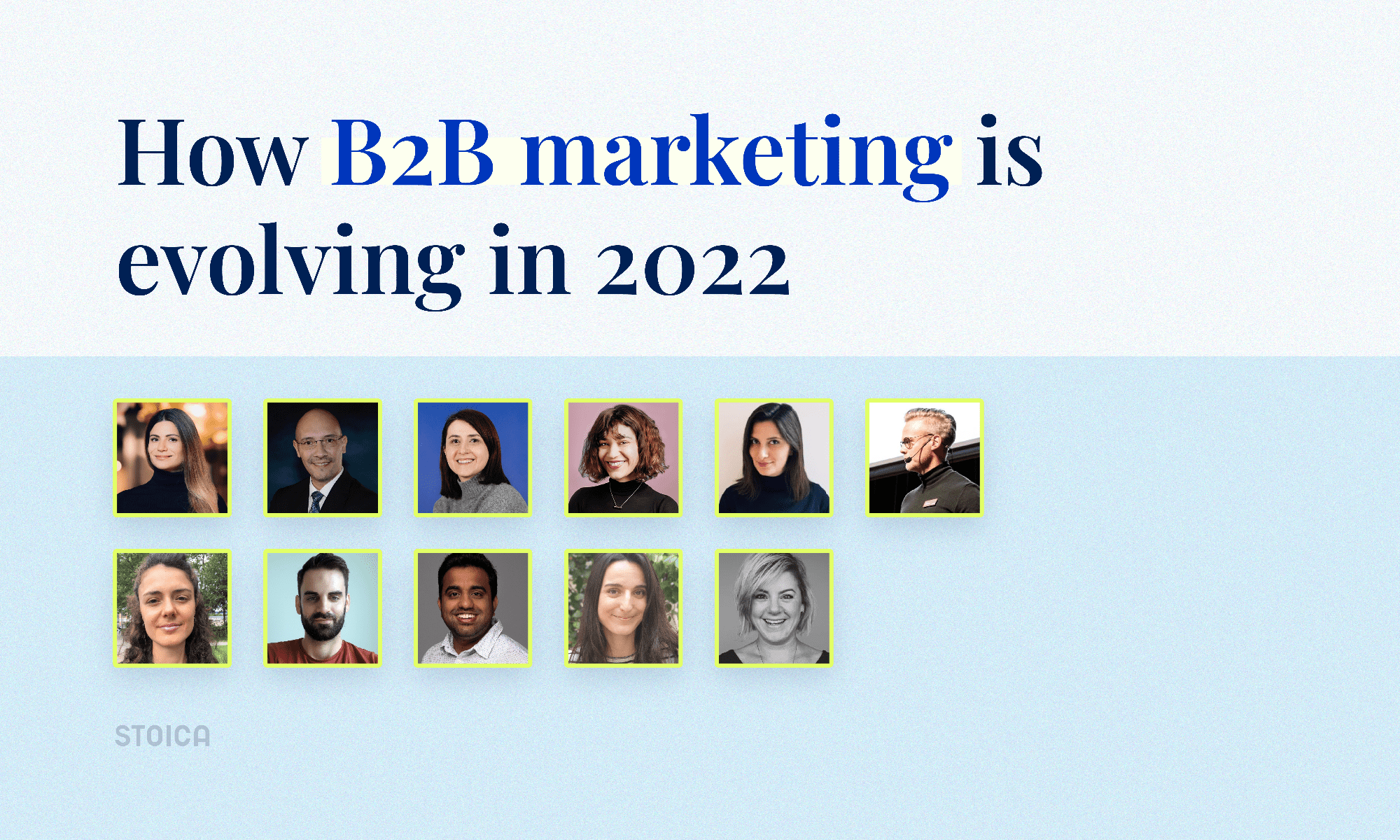Do you remember what the internet looked like before Youtube, Facebook and the likes?
For those of us old enough to recall, it was a place filled with tons of text, not so flattering design and some images here and there.
Fast forward to today, and the internet is a very different place. Gifs, short videos with subtitles, long-form video, it’s a full-on entertainment experience – which would explain the 6 hours we spend online every day. And not only do we spend a lot more time online, but the formats we choose to view have changed.

By 2021, video is poised to account for 82% of all internet traffic, according to Cisco data. Our attention span has plummeted to less than 8 seconds and our preferences have moved towards consuming video over any other format. Video is engaging, immersive, it feels much more personal than text & image and so our preference comes as no surprise.
The increasing popularity of Youtube, Facebook and Instagram adopting and prioritizing video content, have all fed our video cravings.
And this opens up new opportunities for marketers everywhere to communicate more authentically and more personal – if we can get out of our comfort zone and embrace video production.
Contents
What are the benefits of communicating through video?
But video is expensive to produce – we don’t have the budget for that!
How can you incorporate video in your communication to drive engagements & sales?
#1 Shake up your email marketing campaigns
#2 Transform customer testimonials & case studies
# 3 How-to articles – why not how-to videos?
#4 Webinars without the live audience adversity? Yes, please!
#5 Power up your landing pages
# 6 Video in prospecting emails
What are the benefits of communicating through video?
- Videos stand out. Our brains retain 95% of a message when watching a video, and only 10% when reading text, according to Insivia.
- Video is a compelling way to tell a story. According to Animoto, 64% of consumers say watching a marketing video on Facebook has influenced a purchase decision.
- It’s a very personal way to connect to your audience – what better way to connect to people that showing your face?
- Allows you to understand user behaviour. Video formats offer a wealth of information about user behaviour: you can see how much of the video was viewed, clicks, number of replays, etc helping you better understand what your audience is really interested in.
But video is expensive to produce – we don’t have the budget for that!
I hear you; professionally produced video is still more expensive to produce than any other content formats. But the goods news is people don’t expect your videos to be perfect. With the rise of user-generated video content, people don’t expect Hollywood quality from branded videos. In fact, with the use of a webcam and a simple lights set up you can create a pretty good environment for recording videos. Not to mention that with most of us working from home, video meetings and recording are becoming a norm, so don’t let perfection stand in the way.
Here are six ways in which you can make use of video to increase your conversions & sales.
How can you incorporate video in your communication to drive engagements & sales?
#1 Shake up your email marketing campaigns
Embedding video in emails can boost click-through rates with as much as 200 – 300% as shown by Renderforest survey. Simply including the word “video” in the subject line can increase the open rate by 19%(HighQ data).
Our inboxes today are cluttered and winning customers’ attention is no easy task. But including a personal video can spark interest and it’s a sure way to stand out from the crowd of static emails.
Creating such a video requires very little preparation, you don’t need a fancy studio or set up. All you need is a computer & camera, a microphone and a few ideas written down.
Tools such as Vidyard or Soapbox allow you to embed the video into your emails.
Additionally, you can choose to embed an animated thumbnail of the video, to draw readers attention.
Some potential use cases for video in email:
- updating your subscribers on new products or service launches
- thanking visitors for downloading content from your website and inviting them to take further action
- welcoming or onboarding new users
- inviting subscribers to your events
- nurturing leads
- newsletters
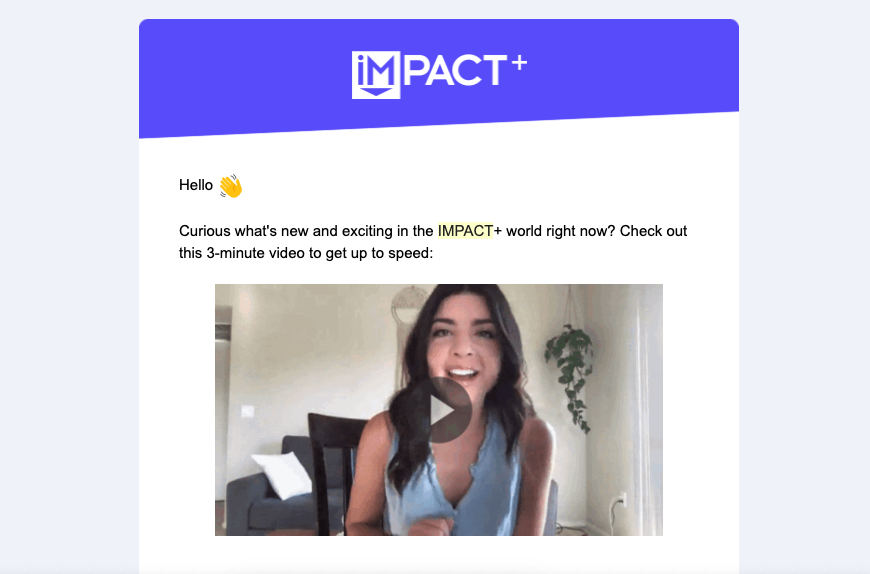
#2 Transform customer testimonials & case studies
Think of a recent online purchase you made – what did you do before hitting the buy button? Chances are, you most likely read a few reviews or testimonials to confirm that you are making the right choice.
Testimonials are a great way to win trust and new business, for both B2B and B2C companies. In fact, they are so powerful that 76% of consumers trust online reviews as much as a personal recommendation, a study by BrightLocal reveals.
When you bring a real customer, that has a name, a face and a voice conveying the message, telling her experience with your company, you’re sure to alleviate any doubt or final resistance. For the B2B world, video case studies emphasizing how your business helped a client can be more persuasive than any salesperson.
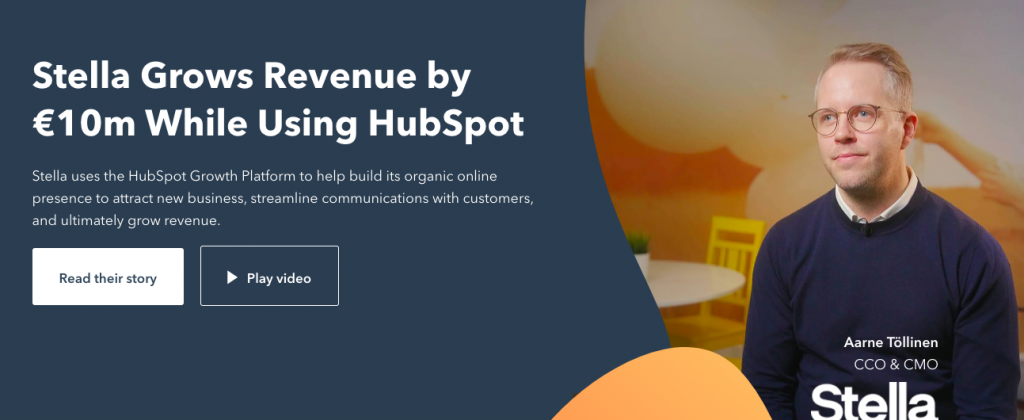
# 3 How-to articles – why not how-to videos?
“How to” is the most searched query on the internet. The internet is our go-to place when we want to learn how about a given topic, product, service or company. How-to type of content is a great way to help your audience get educated and to position your company as an expert in your industry.
Instead of writing a long article illustrating how a product feature works or a specific concept, consider filming a video.
All you need again is a camera, some decent lighting and a microphone. Having some talking points can help keep you structured and then a little bit of editing might help – you can mark some important ideas by displaying keywords over the video for example.
If you end up with a longer video, a good tip is to split it into shorter, snackable videos, each tackling a particular subtopic (2-3 min).
Another good tip is not to focus on getting a perfect speech, it’s absolutely acceptable to have some “uhhmms” “aahms” here and there. Those just prove you’re a human being and not a robot delivering a perfect script.
Moz’s Whiteboard Friday is a perfect example of how-to videos that are educational, entertainment and great for brand recall.

#4 Webinars without the live audience adversity? Yes, please!
If you’re like me, you’re probably signing up to attend at least 2-3 webinar a week. And you’re not alone – webinars are crazy popular these days. They are a great format for educating your buyers on at the awareness stage, or informing them on of your solution at the consideration stage or convincing them to take action when they’ve reached the decision stage.
However, hosting webinars might not be everyone’s cup of tea. Speaking to a live audience, even from behind a screen can be intimidating to most of us.
But this should not hold you from creating educational video content.
A few ideas worth looking into are:
- Interview industry experts on hot topics for your niche
- Record product demos
- Discuss and analyse industry trends
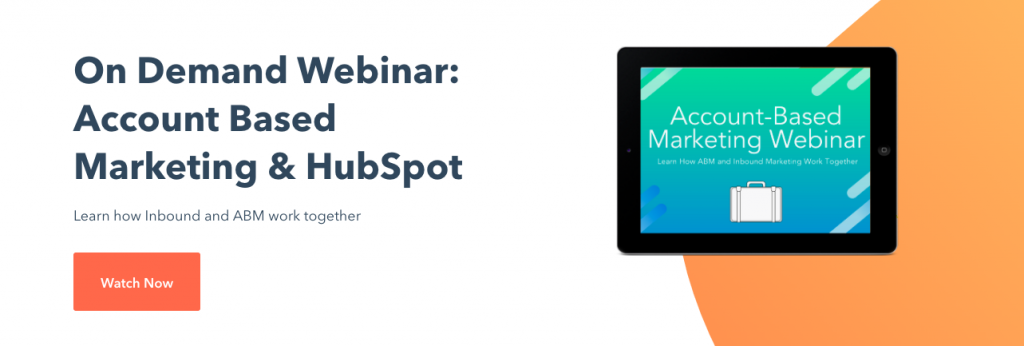
#5 Power up your landing pages
Landing pages are dedicated webpages built with one single goal in mind: conversion. You can use landing pages to present a content offer, entice users to start a free trial or book a discovery meeting among other things.
Because you’re asking for visitors’ data in exchange for an offer, you need all the arguments you can use to let them know the full benefits of making the exchange and convince them to act.
Videos on landing pages can increase conversions by 80%, as found by the same Renderforest study. There are a few best practices to follow when embedding videos into landing pages, from where to place the video, ideal video length to incorporating CTAs and forms. This is a full-length article on this topic if you want to dive deeper.
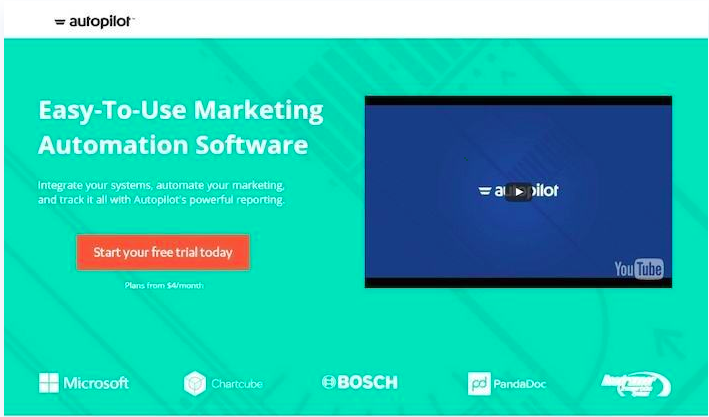
# 6 Video in prospecting emails
Even if you’re not a salesperson, you probably still need to reach out to people outside your company and sell them an idea, project or collaboration.
Cold prospecting is not dead but it’s becoming increasingly difficult to stand out in an overly crowded inbox. Video prospecting is a fresh way of approaching people; instead of writing an email, you can record yourself and “speak” to the prospect directly and embed that video inside of an email.
The likes of Vidyard or Soapbox allow you to do just that, plus you’ll be notified when your video was viewed or shared.
Video prospecting works, and according to Vidyard, you can earn 3 times higher response rates. To maximize your efforts, make sure to include the person’s you’re trying to connect with name and a customized thumbnail, proving it’s a personal message and not an email blast.
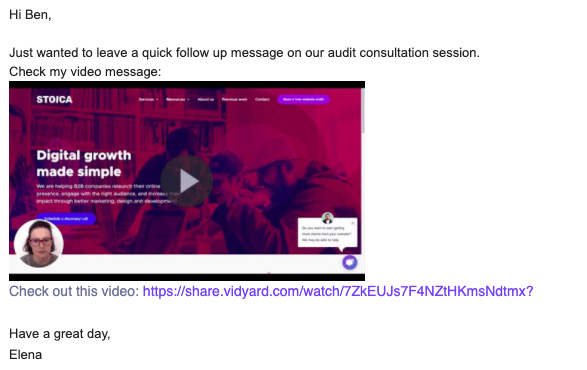
In conclusion
Video is still more expensive to produce than any other type of content. But if you want your brand stand to out in an ever-crowded space, you need to give people what they want (highly relevant educational content) in the form they want it (video). A simple set up made of a camera, a microphone and some lights is all you need to get started with creating video content that will educate your audience and help you create a personal, authentic connection.
So hopefully you picked up some ideas to get you started with video and to take your content marketing to the next level.
This article was originally published on Einstein Marketer.

